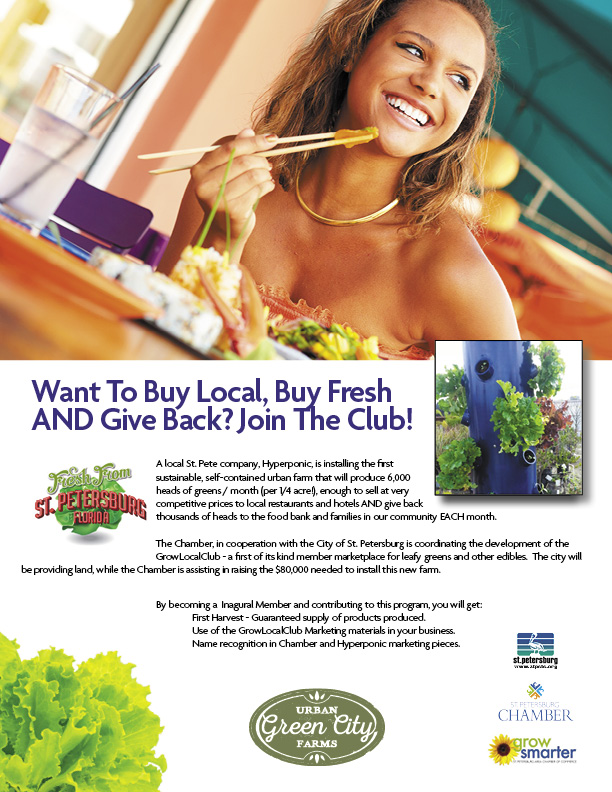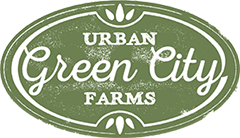A Businesslike Approach To A Sustainable Urban Farm
And Solving Part Of The Food Desert Problem

According to Wikipedia, a food desert is an area that has limited access to affordable and nutritious food. In 2017, the United States Department of Agriculture reported that 29.5 million people or 12.8% of the population were living in low-income and low-access areas. Of this number, 19 million people live in “food deserts,” low-income census tracts that are more than one mile from a supermarket in urban or suburban areas and more than 10 miles from a supermarket in rural areas.
Solving For Sustainability
Solving this huge problem continues to be an ongoing issue throughout the country. One of the biggest stumbling block is sustainability. And the keys to sustainability are:
- Volume and distribution to make the numbers work
- Sales channels to generate revenue from restaurants, farmer’s markets and food pantries
- Enough local, state and federal financial support on an ongoing basis to make it work.
Volume and Distribution
Available land is the problem with developing a sustainable urban farm. As most grows are in the soil, or in containers, there is never enough land to create the enormous volume required to support the financials and make it generate enough revenue to support itself.
Green City Farms goes vertical, generating the most crops in the smallest space possible. So on just an acre of land, and 100 HarvestTowerstm we can generate 120,000 heads of produce, herbs, micro greens and more. No other solution can come close.
Sales Channels
Marketing and selling the produce to local “retail” users, such as restaurants, food pantries, farmer’s markets and other volume users requires a great product, consistent and reliable supply, good marketing (including push through to the restaurant menus to build brand awareness.
The Director of Green City Farms has spent 30 years in marketing and across channels to do the introduction, get the support and drive sales to these customers.
Financial Support
This is a good news bad news proposition. The good news is that Green City Farms generates enough volume and can sell enough produce to be sustainable and donate to the community. However, the more support we get from the community, state and the federal government, grants and charitable foundation support, the more we can donate.
Raising funds through these channels takes time, effort, expertise and money. So that is a key to our operation, getting the support we need to do as much as we can. But the platform for a solution is in place, ready to go.
Please Learn More
Please take the time to learn more by completing our Contact form, and we will be back in touch quickly. We’d love to share our vision and plans and have you help us help all the people who need our help with health food.

Turnkey, Automated and Vertical In A Limited Space.
Cities through America are looking for solutions for sustainable food sources to feed their communities with little or no grocery or healthy food options.
Green City Farms has been developed to give back to local communities by providing a sustainable food supply of leafy greens, some fruits and vegetables in areas never before possible. From empty lots to parking lots, if it’s level, we can grow. No need for fertilizer, crop soil or other “in the ground” solutions, because we grow above ground in our HarvestTowerstm.
Standing 10′ tall and 16″ across, one HarvestTowertm can hold more than 100 heads of lettuce or small fruit in an area of 81 square feet. Imagine the volume that can be produced when, in 30 days, you have a crop ready to harvest and replant! In fact, we can provide approximately 120,000 heads of fresh produce per year on a 1/4 acre with a 100 HarvestTowertm system.
Green City Farms provides a turnkey solution for cities or counties wishing to install one of our systems. We can work with local non-profits like churches or other groups to run the system and provide training and oversight to make sure it runs as it should.
